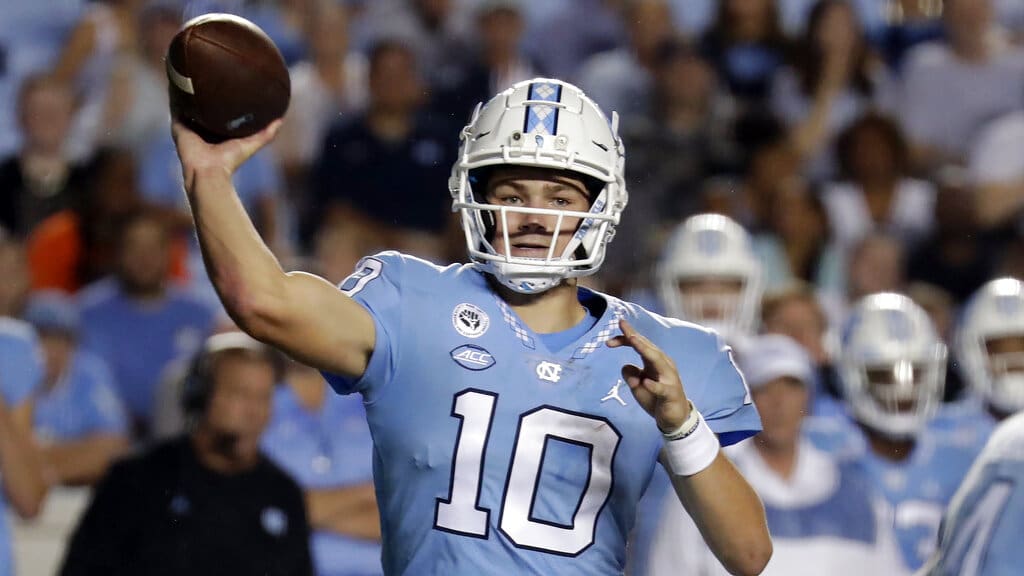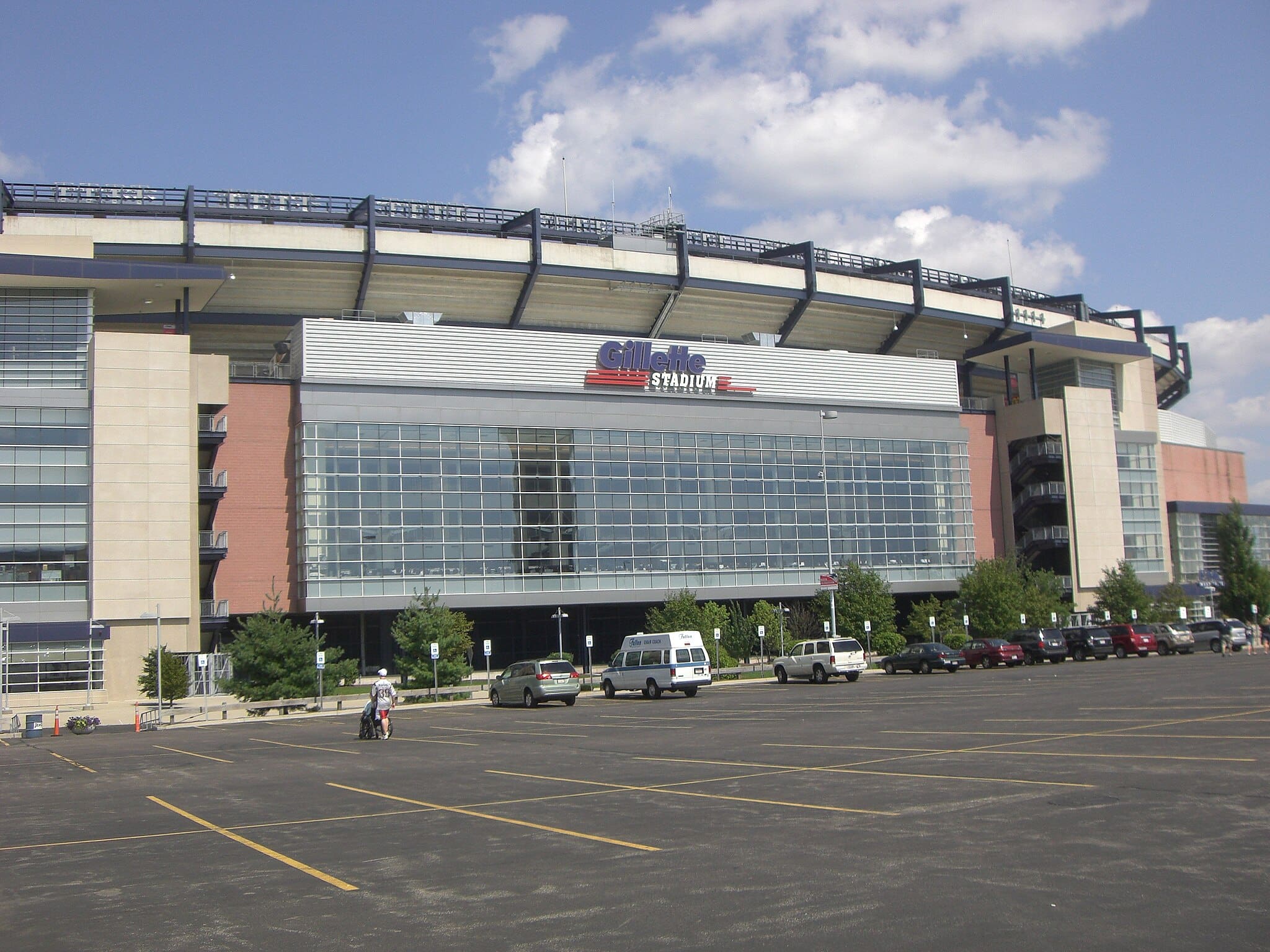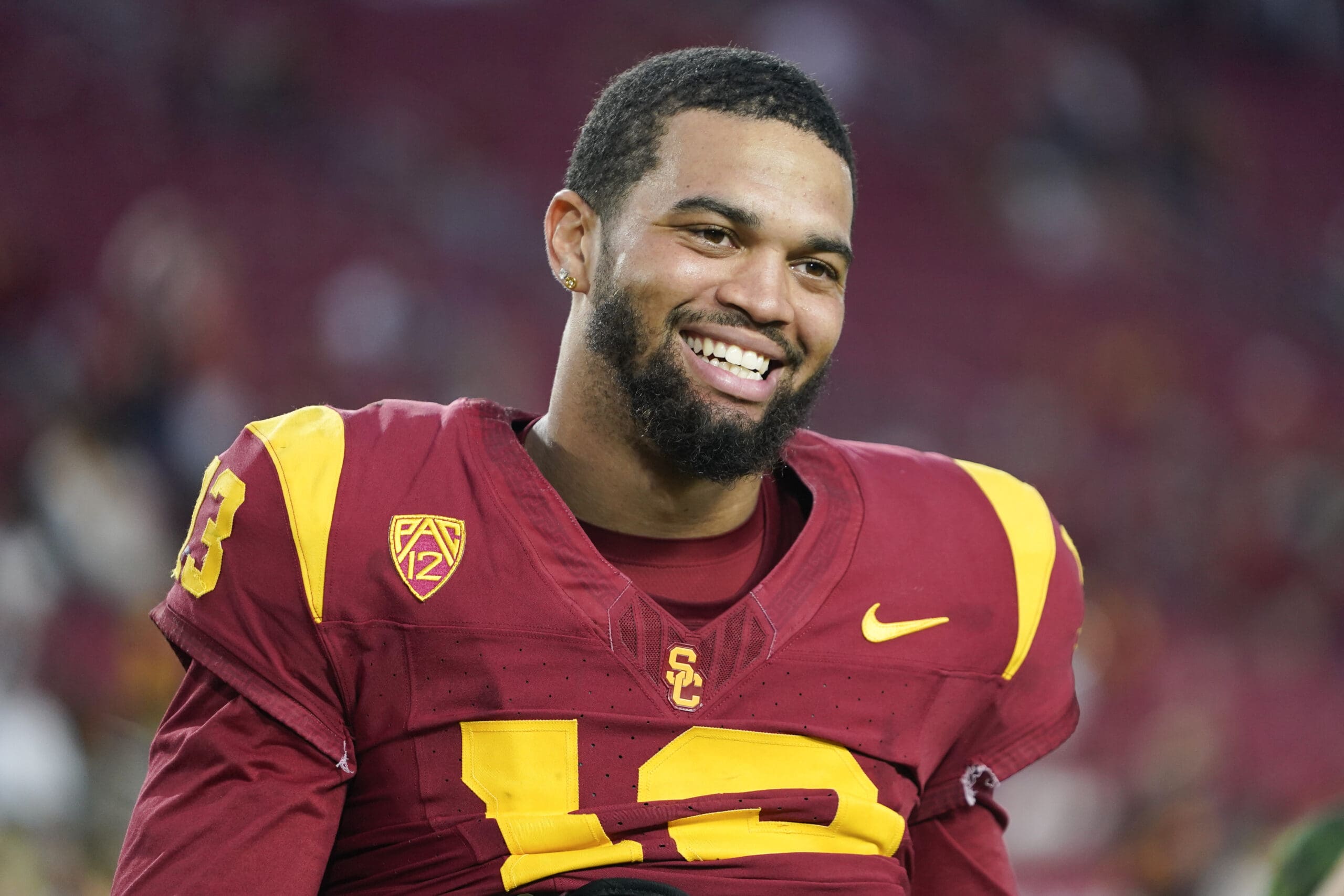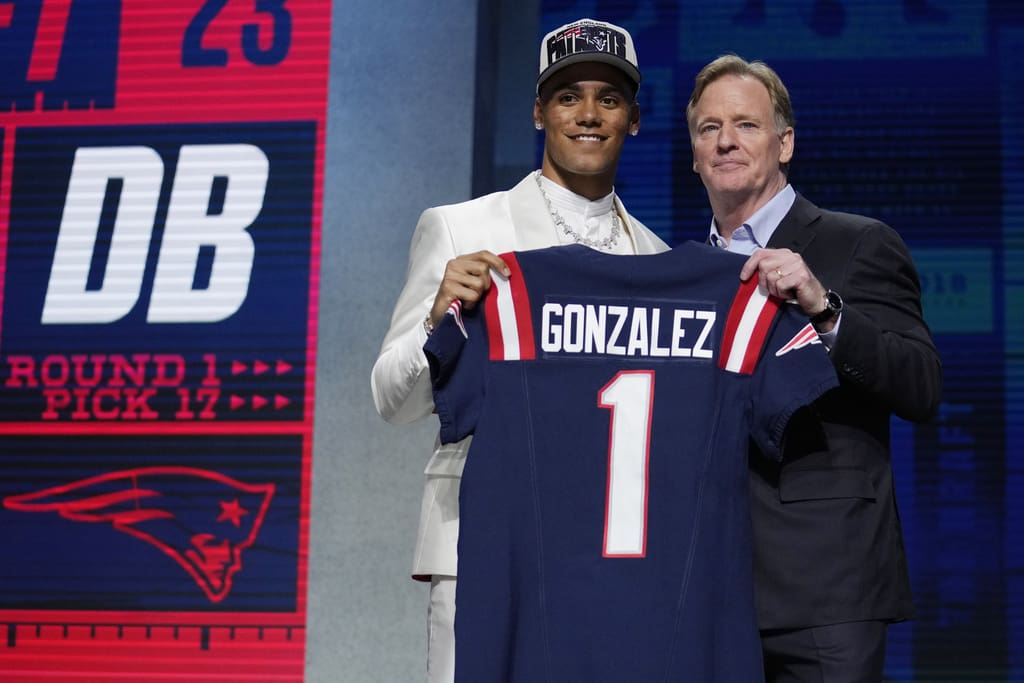Boston Bruins
Boston Bruins Fine-Tuning PP, ‘Know They Need To Be Better’

BRIGHTON, Mass – The Boston Bruins are still looking for answers on their once-vaunted power play in the first round series against the Washington Capitals.
That much is clear three games into the playoff series against the Capitals with Boston Bruins head coach Bruce Cassidy swapping out nearly half the unit with Charlie McAvoy and David Krejci replacing point man Matt Grzelcyk and big body Nick Ritchie on the top fivesome. The adjustments started after Game 1 when the Bruins managed just five shots on net on four PP chances, even if they did put a man advantage goal up on the board in the defeat in Washington DC.
Overall, the B’s are 2-for-11 with an 18.2 percent success rate, which isn’t terrible but isn’t up to their regular season standards (21.9 percent success rate) either.
“If we do get set which they’re not allowing us for very long, with Krejci on his strong side he’s just got so many options,” said Cassidy, who referenced the Winnipeg Jets PP with Blake Wheeler, Mark Scheifele and Patrik Laine right-handed formation as an influence on the design behind it. “All one-timers are in play. He can drop off to [Brad Marchand] forehand-to-forehand, and then to [Patrice] Bergeron in the bumper or backdoor to [David Pastrnak]. He’s got the seam to Pasta or the play to Bergeron in the bumper, or a shot threat going up to Charlie [McAvoy] at the point.
“We just decided to load up and make it simple. Those guys have been together a long time and they were good last year in the playoffs against Tampa. We may have had Torey [Krug] at the point spot last year rather than Gryz, but it’s still those four guys that drive things down low.”
The message was clear: The Bruins weren’t generating enough shots and chances, and that’s been an issue all year where none of their point players have been a shooting threat like the aforementioned Krug was while quarterbacking the power play last season. And Ritchie wasn’t doing enough to retain possession and move the puck aside from his primary objective creating havoc and discomfort at the top of the crease at the Washington net.
“Power play, the biggest issue is handling their pressure. We’ve talked about different areas where we can do a better job supporting the puck. We have not done well enough in the middle of the ice. Then get it out of there as they contract and get set up,” said Cassidy. “We know that it’s coming. We know we need to be better, but then we look at the video [of Game 3] we also saw that we had a bunch of Grade-A chances that they made the saves on.
“We just didn’t have extended time in there to tire them out. And we got a key goal when we needed it. We’re going to work on things for sure, but for us it’s handling their pressure, supporting better and handling things better 1-on-1 where the skills can take over.”
The results have been mixed as the Bruins went 0-for-2 on the power play in Game 2 and couldn’t score on nearly a minute of 5-of-3 time in the middle of a Game 3 where a hot Boston Bruins power play could have determined the game well ahead of the double-overtime drama. But they did score a key goal where McAvoy’s offensive instincts created the play with a centering pass to Patrice Bergeron in the bumper, who launched a shot that Brad Marchand was able to bat out of the air while manning Ritchie’s old net-front position.
Marchand doesn’t bring the same size, strength or girth that Ritchie does manning the net-front, but his quick hands and considerable courage are obviously big pluses at this time of year in both winning puck battles and scoring goals. Last season Marchand scored a bushel of PP goals against the Hurricanes and Tampa Bay Lightning in the bubble playoffs doing the very same job once the Bruins coaching staff made the very-same adjustment placing him net-front.
The Bruins rifled off nine shot attempts and the PP goal while going 1-for-5 on the power play in Game 3, so clearly the chances, shots on net and overall momentum built from the special teams was an improvement. Ilya Samsonov made some good saves on Bergeron bumper chances during the game, and Brenden Dillon was able to rob Marchand of a second power play goal when he blocked the puck away from the vacant net.
Give Washington credit as well, though. Nic Dowd and the Capitals penalty kill has done a good job winning defensive zone draws against Bergeron to keep the Bruins away from their set plays off the face-off, and David Pastrnak still looks like he’s “off” when it comes to being the one-timer threat he normally is for the Boston Bruins. The Bruins power play is going to struggle when their main threat isn’t looking, or feeling, confident with his bread-and-butter play.
“We haven’t started with the puck as much as we typically have [on the power play,” said Cassidy. “That’s a big advantage for us. Give [the Capitals] credit there. That’s hopefully something we can work on, getting pucks back, and not just Bergy. The other four guys on the ice working hard to get [possession back].”
The bottom line: Boston’s adjustments on the power play seem to be working mid-series, but the Boston Bruins could use even more from a special teams unit that’s usually a huge strength for them come playoff-time.


















